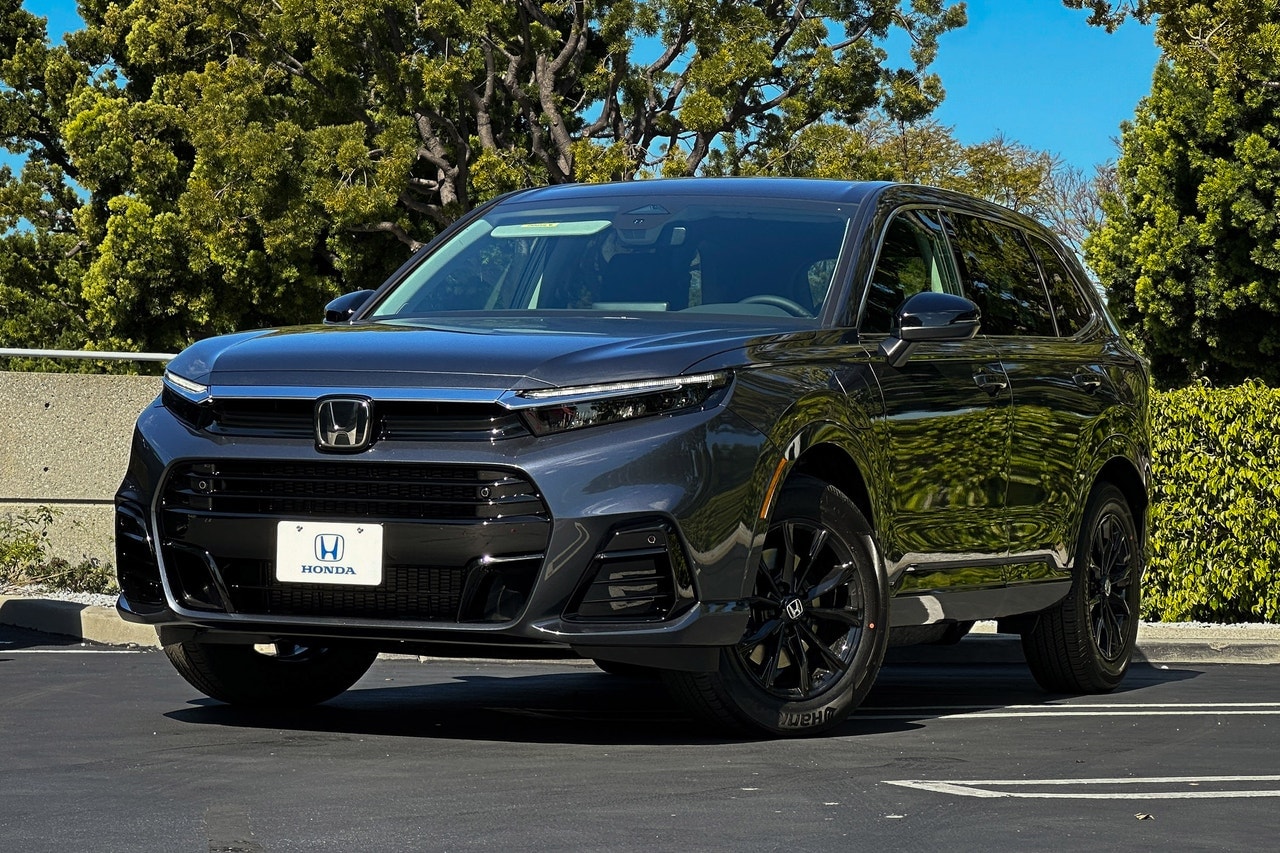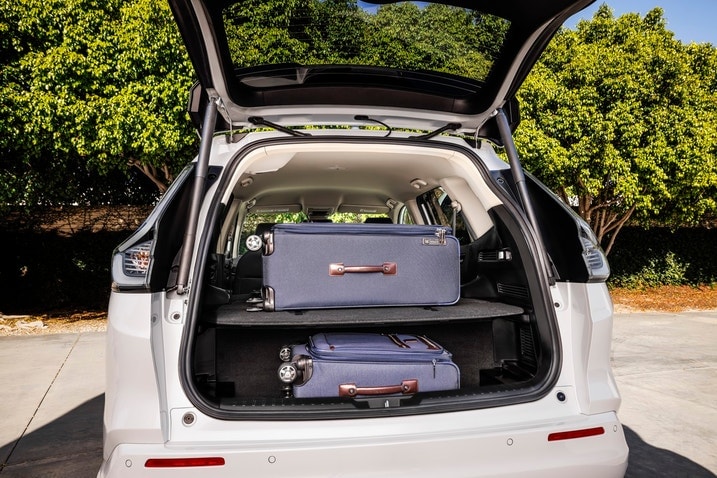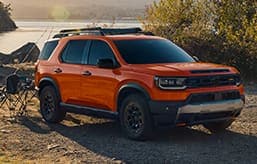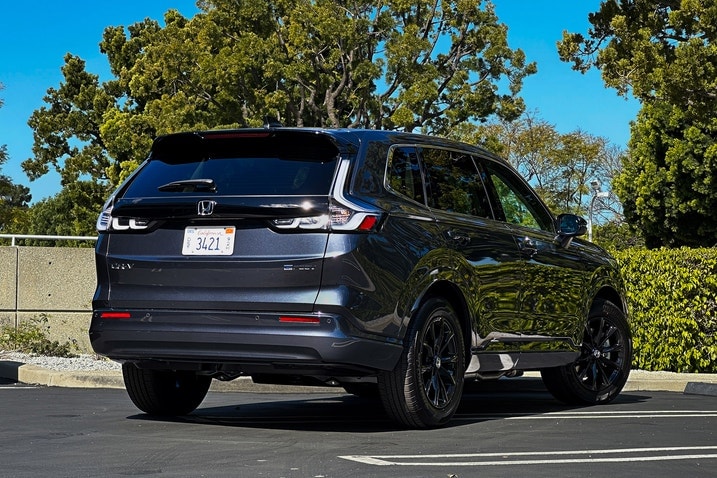If you want your next car to tell the world you're an early adopter, you probably know an EV won't cut it. Electric cars are everywhere — especially in big markets like California — hybrids are old news and their plug-in counterparts are so last decade. But what's this? The new Honda CR-V e:FCEV is the first plug-in hybrid fuel cell electric vehicle that's ever been put on sale here in the U.S. It's brand spanking new, and though the formula is complex, the idea is simple: Make hydrogen practical, viable and put it in a familiar package.
What even is the CR-V e:FCEV?
The CR-V e:FCEV (we'll call it the CR-V Hydrogen from now because, ugh, that name) uses Honda's second-generation fuel cell stack. It combines an electric motor, a floor-mounted 17.7-kWh battery pack, a fuel cell where the engine usually sits, and a 4.3-kilogram-capacity hydrogen fuel tank to deliver an emissions-free driving experience. The electric motor makes 174 horsepower, 229 lb-ft of torque, and sends it all exclusively to the front wheels. The hydrogen tank is mounted in the rear of the CR-V and takes up a significant portion of the cargo area, though at least Honda managed to engineer its housing into a useful shelf for stowing luggage and the like.
In a typical hydrogen-powered car the electric motor draws energy exclusively from the fuel cell — that means all its power comes from using the hydrogen stored in the tank to create electricity. But the CR-V is different. Honda's SUV is essentially a plug-in hybrid where the battery and the fuel cell are designed to work in parallel, which means the electric motor pulls from both sources at the same time. The fuel cell can also be used to keep the battery at a specific state of charge, or to charge it up on the go.







 by
by